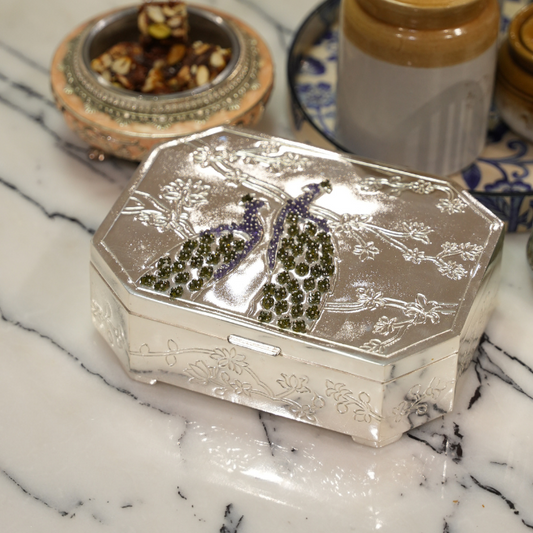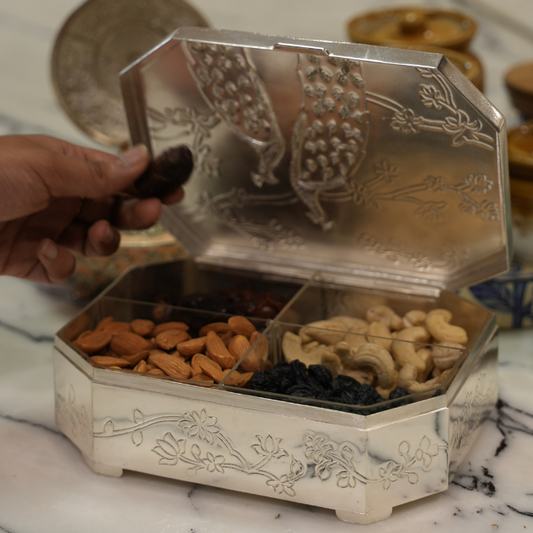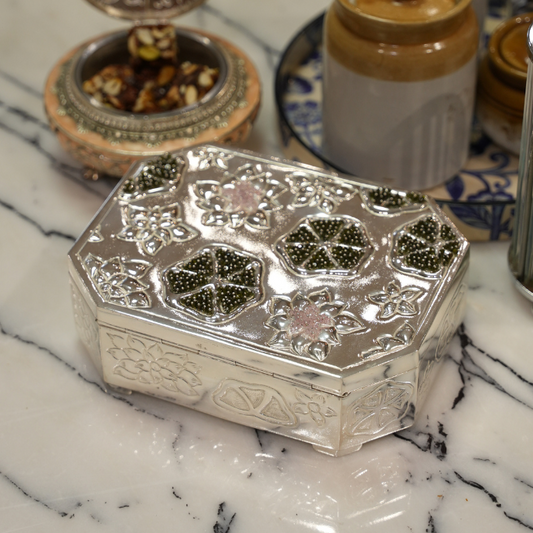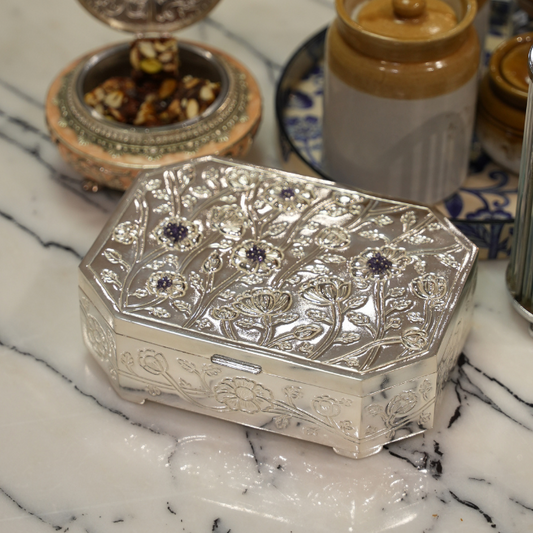Silverware engraving is a timeless art form that combines beauty, tradition, and craftsmanship. From intricate family crests to delicate floral patterns, engraved silverware has captured the hearts of collectors and admirers for centuries. This art not only enhances the aesthetic appeal of silverware but also adds a personal and historical touch to each piece.
History of Silverware Engraving
Ancient Beginning
The origins of silverware engraving date back to ancient civilizations, where artisans used primitive tools to carve patterns and symbols into metal. Egyptians, Greeks, and Romans were among the first to incorporate engraved designs into their utensils and ceremonial objects, showcasing their advanced metallurgical skills.
Evolution
During the Middle Ages and the Renaissance, engraving techniques became more refined, and the art form flourished. Silversmiths began creating intricate patterns and personal inscriptions, often commissioned by the wealthy and nobility. The Victorian era saw a surge in demand for engraved silverware, with elaborate designs symbolizing sophistication and status.
Historical Artifacts
Famous historical examples include engraved chalices, spoons, and flatware sets from royal collections, many of which are now displayed in museums. These artifacts serve as a testament to the rich history and cultural significance of engraved silverware.
Techniques of Silverware Engraving
Hand Engraving
Traditional hand engraving involves using tools like gravers and burins to carve designs directly into the silver surface. This meticulous process requires exceptional skill, precision, and patience. Each stroke adds depth and character, making every piece unique.
Laser Engraving
Modern technology has introduced laser engraving, which uses a concentrated laser beam to etch designs onto silverware. This technique offers unparalleled precision and allows for complex patterns to be reproduced quickly, making it a popular choice for personalization and mass production.
Chemical Etching
Chemical etching involves applying acids or other chemicals to create intricate designs on silver. While less labor-intensive than hand engraving, it still requires careful handling to achieve detailed and consistent results.
Applications of Silverware Engraving
Personalization
Engraving adds a personal touch to silverware, making it an ideal choice for gifts and heirlooms. Names, initials, monograms, and special dates can be etched onto items to commemorate milestones such as weddings, anniversaries, or birthdays.
Decorative Purposes
Engraving transforms ordinary silverware into exquisite works of art. Intricate floral patterns, geometric designs, and cultural motifs enhance the visual appeal of flatware, bowls, trays, and candlesticks.
Cultural Significance
Engraved silverware holds deep cultural and ceremonial importance in many traditions. From religious artifacts to items used in royal ceremonies, these pieces symbolize heritage, artistry, and devotion.
Craftsmanship and Skill
Artisan Expertise
Mastering the art of silverware engraving requires years of training and practice. Skilled engravers combine artistic vision with technical precision to create detailed and harmonious designs.
Tools of the Trade
Specialized tools, including gravers, burnishers, and magnifying lenses, are essential for achieving the fine details characteristic of high-quality engraving. Modern artisans may also use laser engraving machines for precision work.
Artistic Expression
Engraving is a form of artistic expression, allowing artisans to showcase their creativity and bring unique designs to life. Each engraved piece reflects the engraver’s style and dedication to their craft.
Collecting Engraved Silverware
Identifying Authentic Engravings
Genuine engraved silverware can be distinguished by its craftsmanship, hallmarks, and maker’s marks. Authentic pieces often bear intricate, precise designs that showcase the engraver’s skill.
Collecting Tips
Collectors should look for well-preserved pieces with clear hallmarks and minimal wear. Consulting with experts and acquiring items from reputable sources can help ensure authenticity.
Investment Potential
Engraved silverware, particularly antique and rare pieces, can appreciate in value over time. Items crafted by renowned artisans or from significant historical periods are especially sought after.
Care and Maintenance
Cleaning Techniques
Clean engraved silverware gently using non-abrasive cleaners and a soft cloth to avoid damaging the designs. Avoid harsh chemicals and abrasive materials that can erode the engravings.
Storage Tips
Store engraved silverware in a dry, tarnish-resistant environment. Wrapping items in anti-tarnish cloth or placing them in specialized storage boxes can help prevent discoloration and damage.
Preservation
Regular maintenance, including polishing and careful handling, is essential to preserve the beauty and value of engraved silverware. Professional restoration services may be needed for older or heavily tarnished pieces.
Conclusion
Silverware engraving is a timeless art that combines craftsmanship, tradition, and personal expression. From its ancient origins to modern adaptations, this intricate craft continues to captivate and inspire. By appreciating and supporting the artisans who keep this tradition alive, we can ensure that the beauty of engraved silverware endures for generations to come.
FAQs
Q: What are the different techniques used in silverware engraving?
A: Silverware engraving includes hand engraving, laser engraving, and chemical etching. Each technique offers unique advantages, from the traditional charm of hand-carved designs to the precision of modern laser technology.
Q: What is the historical significance of engraved silverware?
A: Engraved silverware has been a symbol of status, craftsmanship, and cultural heritage for centuries. It has been used in ceremonies, as heirlooms, and to commemorate significant events.
Q: How does modern laser engraving differ from traditional hand engraving?
A: Laser engraving offers faster and more precise results, while hand engraving provides a unique, handcrafted touch with subtle imperfections that enhance its charm.
Q: What types of silverware items are commonly engraved?
A: Commonly engraved items include flatware sets, decorative trays, bowls, candlesticks, and personalized gifts like monogrammed cutlery or engraved wedding keepsakes.
Q: How can I identify authentic engraved silverware?
A: Authentic engraved silverware features fine, detailed designs, clear hallmarks, and signs of skilled craftsmanship. Consulting experts or purchasing from reputable sources can help ensure authenticity.
Q: What care and maintenance are required for engraved silverware?
A: Clean gently with non-abrasive products, store in a tarnish-resistant environment, and perform regular maintenance to preserve the item’s condition and engravings.
Q: Is engraved silverware a good investment?
A: Yes, especially antique or rare pieces crafted by renowned artisans. These items can appreciate in value over time and are cherished additions to any collection.







